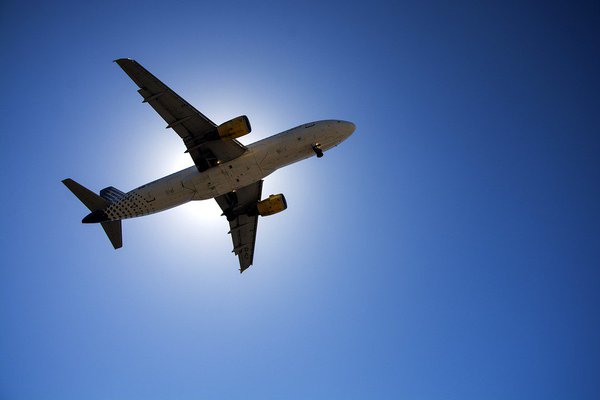While flying in an airplane can be a stressful and anxiety-related task, and the instance of turbulence can cause anxieties to rise, researchers from the University of Melbourne have recently revealed that the jolting and bumping isn’t quite as dangerous as we thought.

According to University of Melbourne Associate Professor Todd Lane, from the ARC Center of Excellence for Climate System Science in the School of Earth Sciences, this fear of turbulence is “understandable, but mostly unwarranted.”
Why does turbulence occur?
Turbulence happens when there’s a natural disturbance in the atmosphere which the aircraft flies through. Just as in the ocean, the atmosphere possess waves that can break and disrupt airflow.
“There is a perception that turbulence makes air travel unsafe and people are worried about their plane crashing,” said Lane. “I think people are more scared than they should be because they hear in the news about these rare events of severe turbulence and people getting injured.
Lane brings up some statistics about Australian flight injuries to support his statement.
“Think about the number of flights to and from, and within Australia, every year: on average there’s only about 40 people injured on those flights per year due to turbulence. That’s a really small number when you compare it to the number of flights and the millions upon millions of people flying,” he said.
While turbulence can be uncomfortable, most of the time, it isn’t actually unsafe.
Weather systems, such as strong cold fronts, jet streams and thunderstorms, especially in the tropics, can cause turbulence.
According to Lane, at aircraft altitudes, the air tends to flow horizontally, but instability in the atmosphere will cause the air to move vertically, causing the turbulence.
“Patches of turbulence are normally pancake-shaped, especially in clear-air turbulence. This is actually quite important, because when an aircraft is flying along and experiencing turbulence, the most common way to avoid it is to change altitude,” he said.
Lane points out that even during severely bumpy turbulence, commercial planes are rarely jolted more than about 20 feet – which far less than the “diving in mid-air” feeling that can be described by passengers. Commercial aircraft are designed to withstand an incredible amount of stress and force – two and a half times that which they are likely to encounter.
The four kinds of turbulence are: light, moderate, severe and extreme. Light turbulence is extremely common, while moderate turbulence, which causes rapid jumps or jolts, is rare (only between one and five percent of turbulence experienced). Severe turbulence is the kind that can cause an aircraft to be thrown around violently and is even rarer. Associate Professor Lane says it occurs in only about 0.0001% of flights worldwide.
And obviously extreme turbulence is even rarer than that. There is only one recorded plane crash that is associated with turbulence and that took place in 1966.
Lane flies a lot as a result of his work and says that nervous flyers should keep their seat belt on at all times and avoid sitting near the back of the plane.
“Different parts of the plane feel turbulence more than others,” said Lane. The back of the plane usually feels bumpier than anywhere else in the plane, because it’s further away from the center of mass of the aircraft.
“So if you’re closer to the front or near the wings, then you usually feel less turbulence.”
Story via University of Melbourne.

Comments are closed, but trackbacks and pingbacks are open.